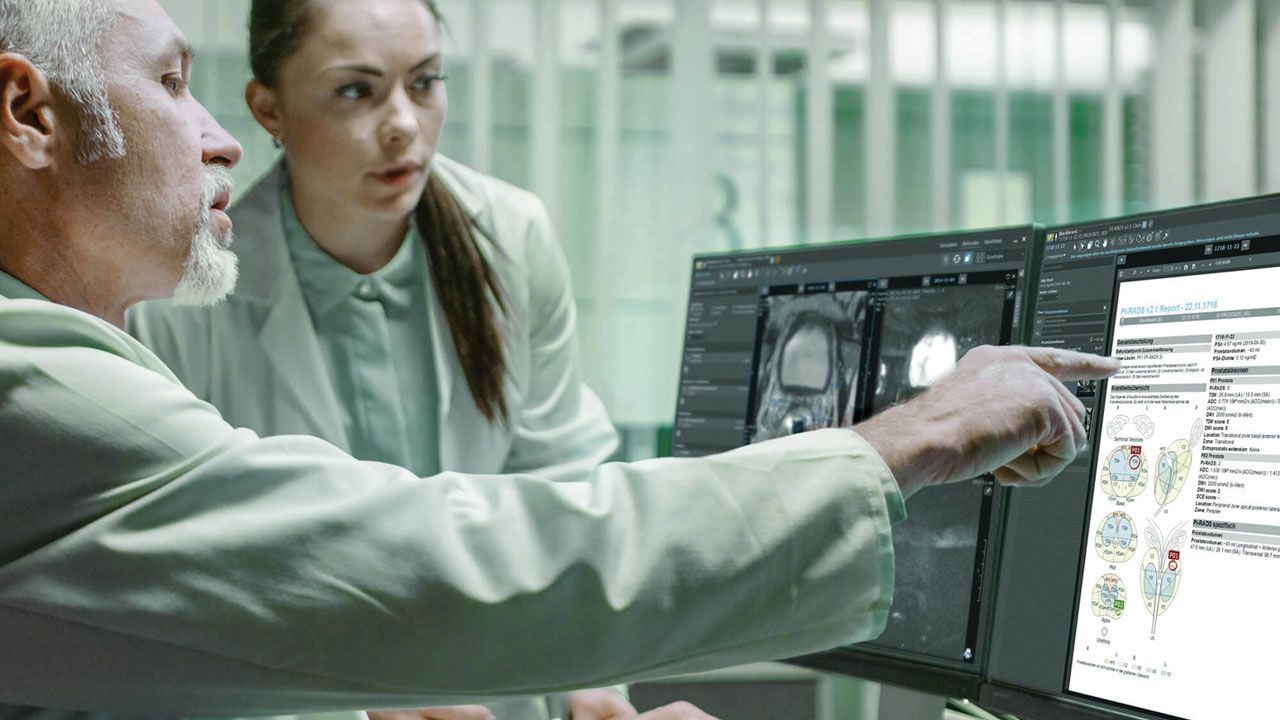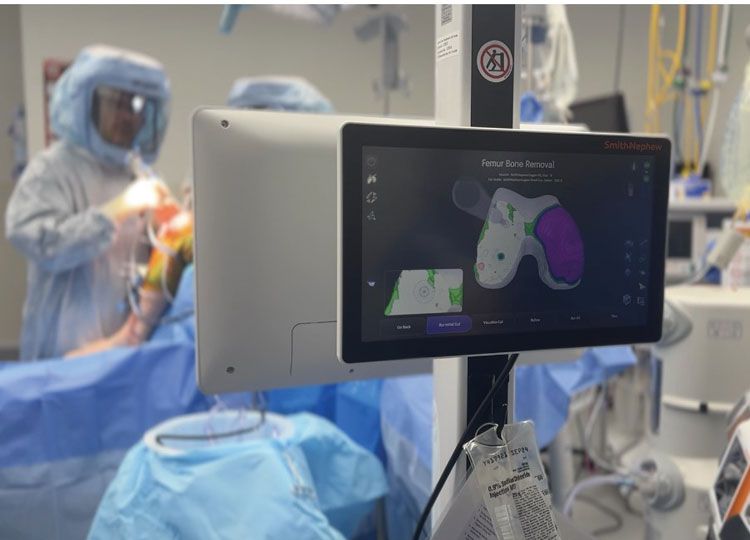Sports
‘Tis the season for winter-sports injuries – BizWest

With ski resorts opening in Colorado, ’tis the season for ACL and MCL injuries, shoulder and collarbone separations and broken thumbs. Fa-la-la-la-la, la-la-la-ouch!
For the orthopedic and sports medicine specialists in Northern Colorado and the Boulder Valley, instead of sugar plums, it’s visions of X-rays and advanced imagery scans dancing in their heads. Fortunately for those who are prone to injury on the slopes, the options for local orthopedic care have greatly expanded in recent years.
“Skiing injuries have to do with what you’re strapped to: a couple of sticks that can go in different directions,” said Dr. Billy Baumgartner, an orthopedic specialist at Nadora Healthcare in Johnstown. “You are much more likely to get knee injuries.”
SPONSORED CONTENT
Baumgartner switched from skiing to snowboarding at age seven, and, perhaps his interest in upper-extremity injuries followed. Because when boarders fall they don’t twist their knees – instead most falls affect the wrist, elbows and other upper extremities.
“There will be a lot of wrist fractures, … elbow dislocations, and obviously concussions,” Baumgartner said. Fortunately, concussions seem to be lessening, he said, as “that culture has gotten better in the last couple of years” with wearing safety gear.
In comparison to the “high-energy sports” that weekend warriors gravitate toward in summer — skateboarding and mountain biking, for example — Baumgartner said that winter sports on the whole tend to result more often in lower-body injuries. Orthopedists tend to treat upper body injuries from falls more frequently in athletes who participate in warm-weather outdoor sports.
Sports medicine is certainly not new — there are historical reports of training regimes and treatments dating back 2,500 years — but it certainly is one of the faster-growing areas of orthopedics today. Orthoworld, an industry intelligence company, estimated that the field accounted for $6.7 billion of business in 2023, about 11.4% of the overall orthopedic market. The company projects that sports medicine revenues could reach $7.1 billion this year and $8.4 billion by 2027.
The sports medicine scene features an array of different roles for caregivers.
For the past two decades, physical therapist Brad Ott has been building on his expertise as biomechanical and injury prevention consultant to various Colorado State University athletics teams, as well as providing training to various Olympic and professional athletes. His company Rebound Sports and Physical Therapy PC has three outlets in Fort Collins and Loveland, employing about two dozen therapists.
Matt Giordanelli is one of the company’s specialists in sports therapy, with a doctorate in physical therapy and certification from a specialty training program at Howard Head Sports Medicine in Vail. During that program he worked with Marquette University’s sports teams, the New Orleans Saints football team, and the U.S. Ski & Snowboard teams.
Giordanelli said winter certainly brings a greater number of high-impact injuries to the knees, including damage to the ACL, or anterior cruciate ligament, and MCL, or medial collateral ligament.
Many of Rebound’s cases might come in after a referral for rehabilitation from an orthopedic surgeon, but winter also brings in an increase in more commonplace and less catastrophic injuries, and most of that business is walk-in clients, largely from word-of-mouth referrals.
“Working out in colder weather increases the potential for these strains, pulled muscles, et cetera because a lot of time we don’t warm up those muscles properly,” Giordanelli said.
But Giordanelli estimated that during the season, about 30% to 40% of his own cases will be high-impact injuries from skiing and snowboarding.
Banner Health has embraced an increasingly popular health-care provider category: primary care sports physicians.
“Of course, with skiing we see more low extremities – ACL or MCL – and you can get tibial fractures,” said Dr. Neal McKimpson, a Banner sports-medicine specialist in Greeley. “And of course, you can also get the classical skier’s thumb.”
While major injuries do occur, McKimpson said that he “can treat 90% of orthopedic injuries non-surgically.”
While they may be non-operative doctors, sport-medicine practitioners like McKimpson are highly trained in some very specialized areas, such as how the heart relates to sports, concussion management and high-energy fractures.

McKimpson is using a leading-edge technique of ultrasound-guided injections of platelet-rich plasma that can help heal broken bones and torn or strained ligaments common to high-energy sports. This treatment is also proving helpful in more common ailments such as tennis or golf elbow.
“We’re concentrating the body’s own healing powers to reduce recovery time,” he said.
While Banner sports has worked with a number of professional sports organizations around the nation — the Arizona Diamondbacks and the Phoenix Suns, for example — much of its manpower is deployed locally. The team has trainers in six high schools in Weld County dedicated to working with student athletes.
Nadora’s facilities in Johnstown have much of the same advanced imagery technology found at very large institutes, but in a much smaller office environment. While more community-focused, the company still has its own surgery and in-patient care facilities to treat injured winter-sports enthusiasts.
At a glance it might appear that Northern Colorado is becoming a little oversaturated with sports injuries facilities, but Baumgartner said that isn’t the case. That’s because a high percentage of the local population is involved in high-energy sports, providing a large pool of potential patients nearby. Additionally, the Front Range is regarded as a premium location for treatment, so patients are willing to travel to the region from around the country and globe.
“The whole Front Range is full of orthopedic surgeons who want to be in Colorado (because) we all want to be participating in these sports ourselves,” he said.





:quality(70)/cloudfront-us-east-1.images.arcpublishing.com/adn/CODEC5OHEF72EAOVCURMZM6EYY.jpg)



